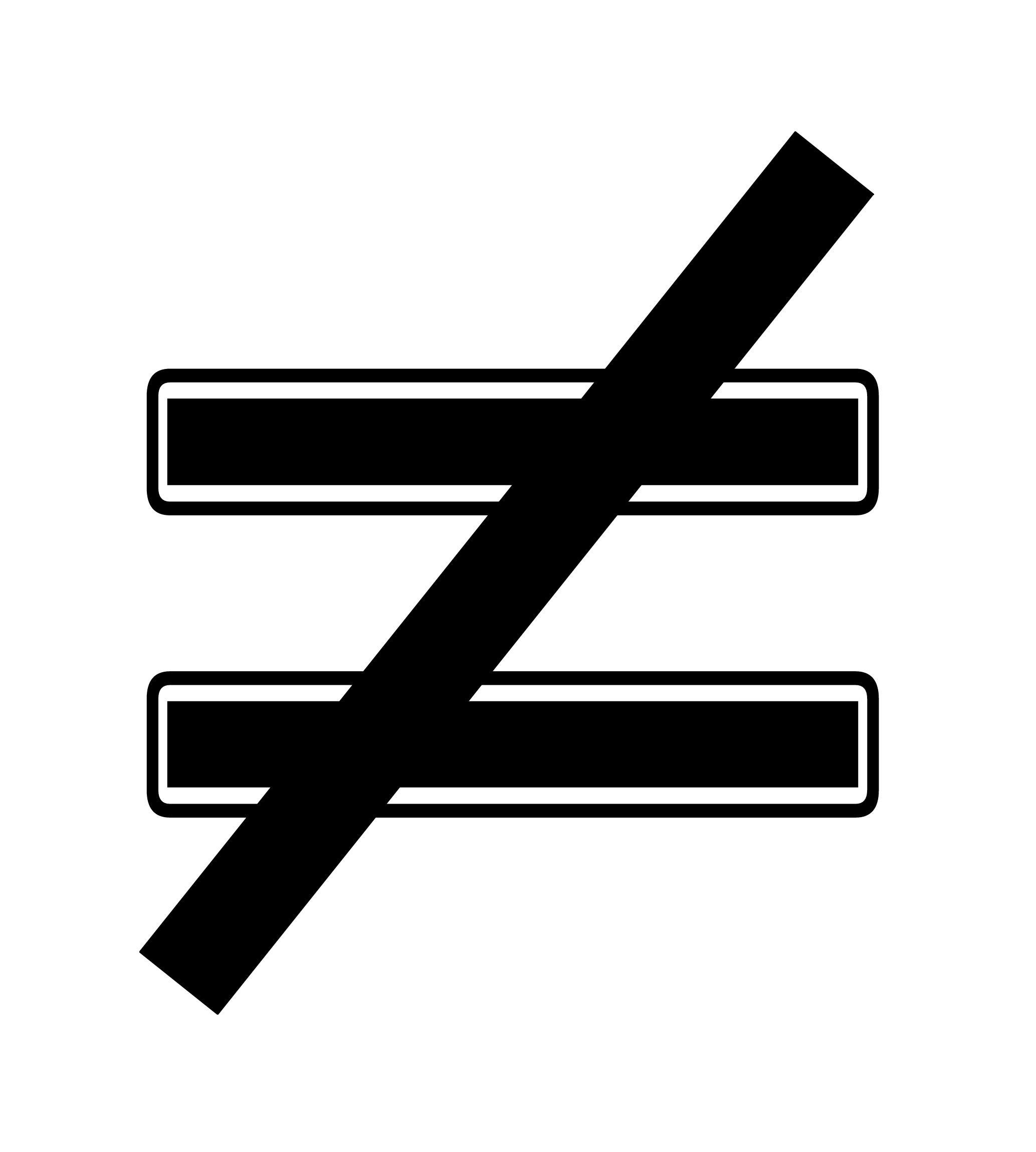

- #Does not equal sign script how to#
- #Does not equal sign script install#
- #Does not equal sign script code#
- #Does not equal sign script download#

#Does not equal sign script code#
Adding a timestamp ensures that your code will not expire when the signing certificate expires. # TimeStampServer - Specifies the trusted timestamp server that adds a timestamp to your script's digital signature. # Certificate - Specifies the certificate to use when signing the script. # FilePath - Specifies the file path of the PowerShell script to sign, eg. $codeCertificate = Get-ChildItem Cert:\LocalMachine\My | Where-Object # Get the code-signing certificate from the local computer's certificate store with the name *ATA Authenticode* and store it to the $codeCertificate variable. To confirm that the certificate with the subject ATA Authenticode is in the Personal, Root, and Trusted Publisher certificate stores, run the commands below in PowerShell. Finally, adding the self-signed certificate to the Trusted Root Certification Authorities ensures that your local computer trusts the certificates in the Personal and Trusted Publishers stores.Ĥ.PowerShell checks for the certificate in this store to validate a script’s signature. Copying the same certificate to the Trusted Publishers store ensures that your local computer will trust the publisher who signed the script.The certificate you created in the Personal certificate store is what you’ll use as the code signing certificate.
#Does not equal sign script install#
There are three primary reasons to install the self-signed certificates in three different certificate stores. # Close the TrustedPublisher certificate store. # Open the TrustedPublisher certificate store for reading and writing. $publisherStore = ::new("TrustedPublisher","LocalMachine") # Create an object to represent the LocalMachine\TrustedPublisher certificate store. # Add the self-signed Authenticode certificate to the computer's trusted publishers certificate store. # Add the certificate stored in the $authenticode variable. # Open the root certificate store for reading and writing. $rootStore = ::new("Root","LocalMachine")

# Create an object to represent the LocalMachine\Root certificate store. # Add the self-signed Authenticode certificate to the computer's root certificate store. The command also stores the certificate object to the $authenticode variable for use in the next step. Certificates in cert:\LocalMachine\My are available computer-wide. The New-SelfSignedCertificate cmdlet only supports creating certificates in the current user’s personal certificate store (cert:\CurrentUser\My) or the local machine’s personal certificate store (cert:\LocalMachine\My). The certificate’s name is ATA Authenticode inside the local computer’s Personal certificate store. This command uses the New-SelfSignedCertificate cmdlet to create a new code signing certificate. Copy the command below and run it in PowerShell. Open PowerShell as administrator on your computer.Ģ. To generate a self-signed certificate, follow these steps.ġ. But where do you get it?Īs the name implies, self-signed means that your local computer will issue a code signing certificate to itself. Since you’ll only be doing personal testing in this tutorial, a self-signed certificate would suffice.
#Does not equal sign script how to#
You’ve read in the previous section that in learning how to sign PowerShell script, you first need a code signing certificate. This type of signing certificate is what you’ll use in this article.Ĭreating a Self-Signed Certificate for Code Signing Personal / Development – For personal testing or development use, a self-signed certificate should be fine.
#Does not equal sign script download#


 0 kommentar(er)
0 kommentar(er)
